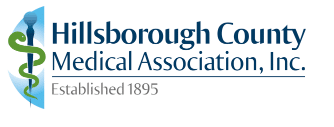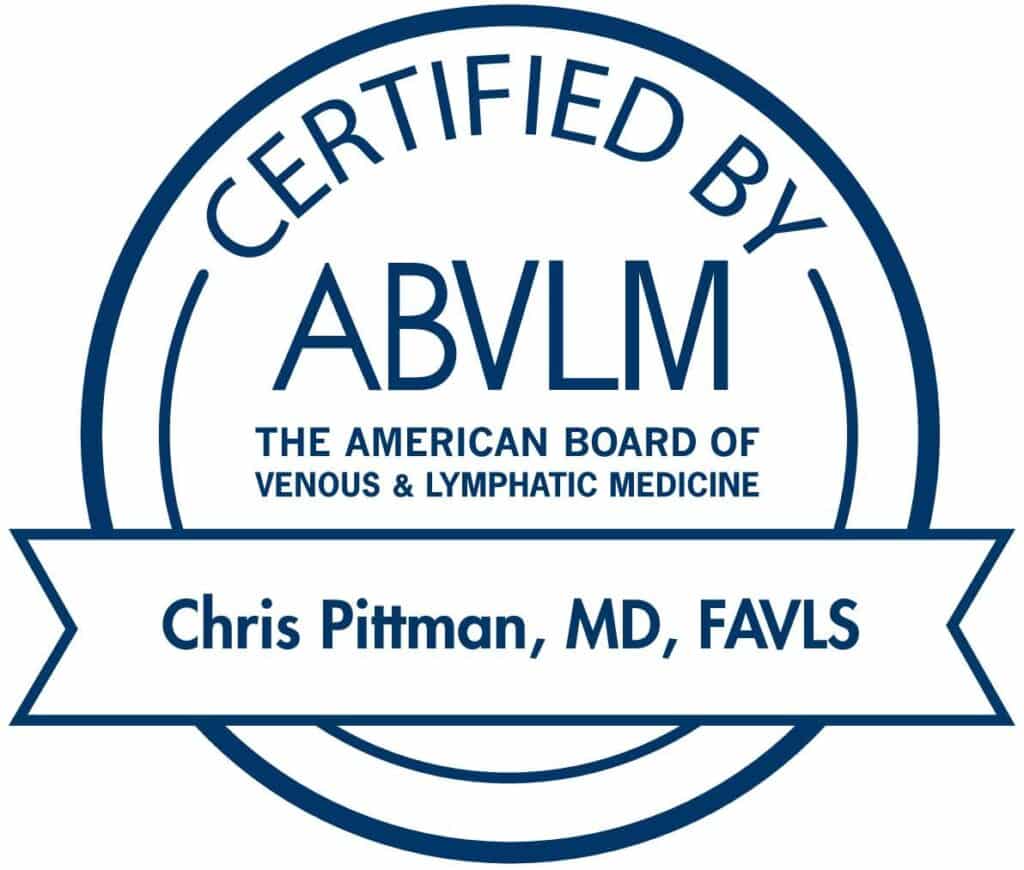March is Deep Vein Thrombosis Awareness Month, which serves as an important reminder to understand the warning signs and risks associated with this potentially life-threatening condition.
What is deep vein thrombosis?
Deep vein thrombosis (DVT) occurs when a blood clot forms in one or more deep veins within the body. Most commonly occurring in the legs, deep vein thrombosis can lead to fatal complications including pulmonary embolism, which is when the blood clot breaks free, travels to the lungs, becomes lodged, and blocks blood flow.
The link between DVT and chronic venous insufficiency
Many people who suffer from chronic venous insufficiency don’t realize that it can put you at a greater risk for deep vein thrombosis. Chronic venous insufficiency occurs when the venous valves in the leg veins are not pumping blood sufficiently, making it difficult for the blood to return to the heart from the legs. This causes the blood to collect and pool in these veins, changing the pressure inside the veins and often resulting in varicose veins and spider veins.
Symptoms of CVI
Common symptoms that point to chronic venous insufficiency include:
- Swelling in the lower legs and ankles, especially after extended periods of standing
- Aching or tiredness in the legs
- Visible, protruding varicose veins or sprawling spider veins
- Leathery-looking skin on the legs
- Flaking or itching skin on the legs or feet
- Venous ulcers (only in severe cases)
Symptoms of DVT
The following symptoms are associated with deep vein thrombosis:
- Swelling in the affected leg, sometimes both
- Sore or cramping pain the leg that begins in the calf
If you are experiencing any of these symptoms, make an appointment with your doctor as soon as possible.
When deep vein thrombosis leads to pulmonary embolism
If you are experiencing any of the following symptoms of pulmonary embolism, seek emergency medical care immediately:
- Unexplained sudden onset of shortness of breath
- Chest pain or discomfort that worsens when you take a deep breath or when you cough
- Feeling lightheaded or dizzy, fainting
- Rapid heart rate
- Coughing up blood
What you can do to lower your risk
There are a few things you can do to lower your risk of developing of deep vein thrombosis and pulmonary embolism. If you’ve recently had surgery, be sure you are taking the recommended dose of prescribed blood-thinning medications as directed. If you’ve been on bed rest, be sure to get up and move about often, but only if and when it’s safe to do so. If you work a desk job, be sure your chair is at the correct height to place your legs at a 90-degree angle, and that you are stretching often. Lose weight, quit smoking, and lastly, get plenty of regular exercise.
For more information on deep vein thrombosis and other venous conditions, call Vein911® Vein Treatment Centers at (855) VEIN-911.











